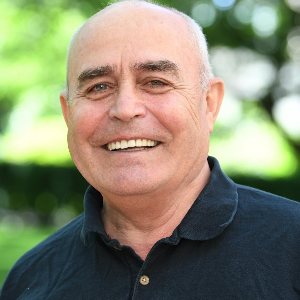Title : The mechanism of the vitamin B12 active forms catalytic processes in human body
Abstract:
For decades Methionine Synthase process has been considered as an energy barrier process by research community. Nevertheless, the in-vivo Methionine Synthase process can, in principle, run unlimited number of its turnovers without side effects and products. This requires two valid conditions for this process: a) the Methionine Synthase process reactions are running without energy barrier; b) the minima of the energy of the Methionine Synthase process reactions correspond to the products formation at each Methionine Synthase process threshold. CASSF(13,13) approximation has been used for Methionine Synthase process mechanism determination in this research. We have proved that the in-vivo Methionine Synthase process is of full effectiveness, meaning that all reactions are running without energy barrier under influence of the studied process substrate and that the minima of total energy Methionine Synthase reactions correspond to the products formation at each Methionine Synthase process thresholds. This is the first time that this biochemical phenomenon is completely solved.
The Co-C bond cleavage and hydrogen transfer from the substrates to the 5'- deoxy-5’-adenosyl ligand are considered the triggering reactions of adenosylcobalamin cofactor dependent bio-chemical processes by international research community for decades. Moreover, these two reactions have not been distinguished and separate from each other by experimental data up to now. We have proved that the triggering reaction e. g. the Co-C bond cleavage of the in-vivo adenosylcobalamin dependent bioprocesses is of full effectiveness, meaning that is running without energy barrier under influence of the studied processes substrates and that the minimum of total energy of Co-C bond cleavage reaction correspond to the full Co-C bond rupture. We also have shown the transfer of the hydrogen from the substrates of the studied bio-processes to 5'- deoxy-5’-adenosyl ligand of the adenosylcobalamin cofactor and the Co-C bond cleavage are closely connected concerted reactions, which cannot be separate from each other and that the hydrogen transfer from substrates of the adenosylcobalamin dependent bioprocesses has a tunneling nature and is energetically convenient. Our data show that, the Co-C bond cleavage is favoring the hydrogen transfer from the substrate to 5’-adenosyl radical, and vice versa.



